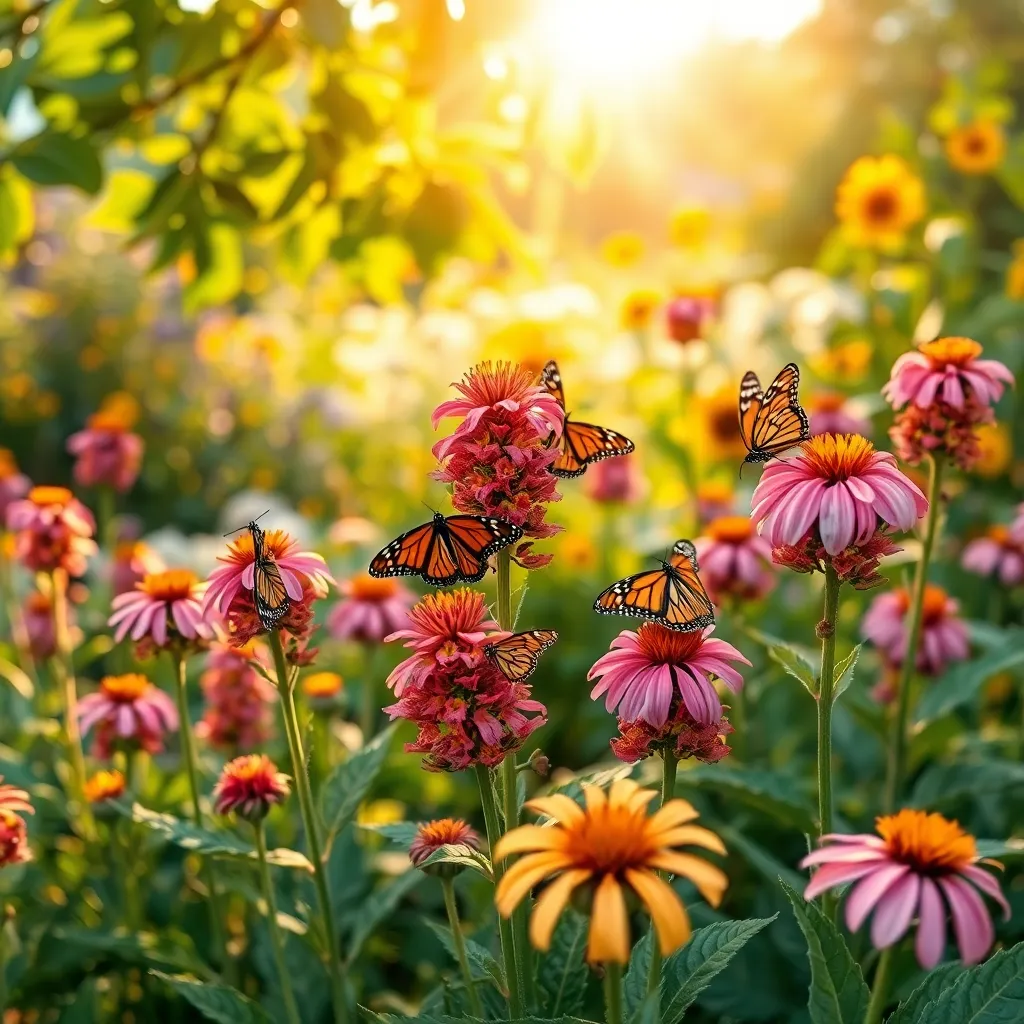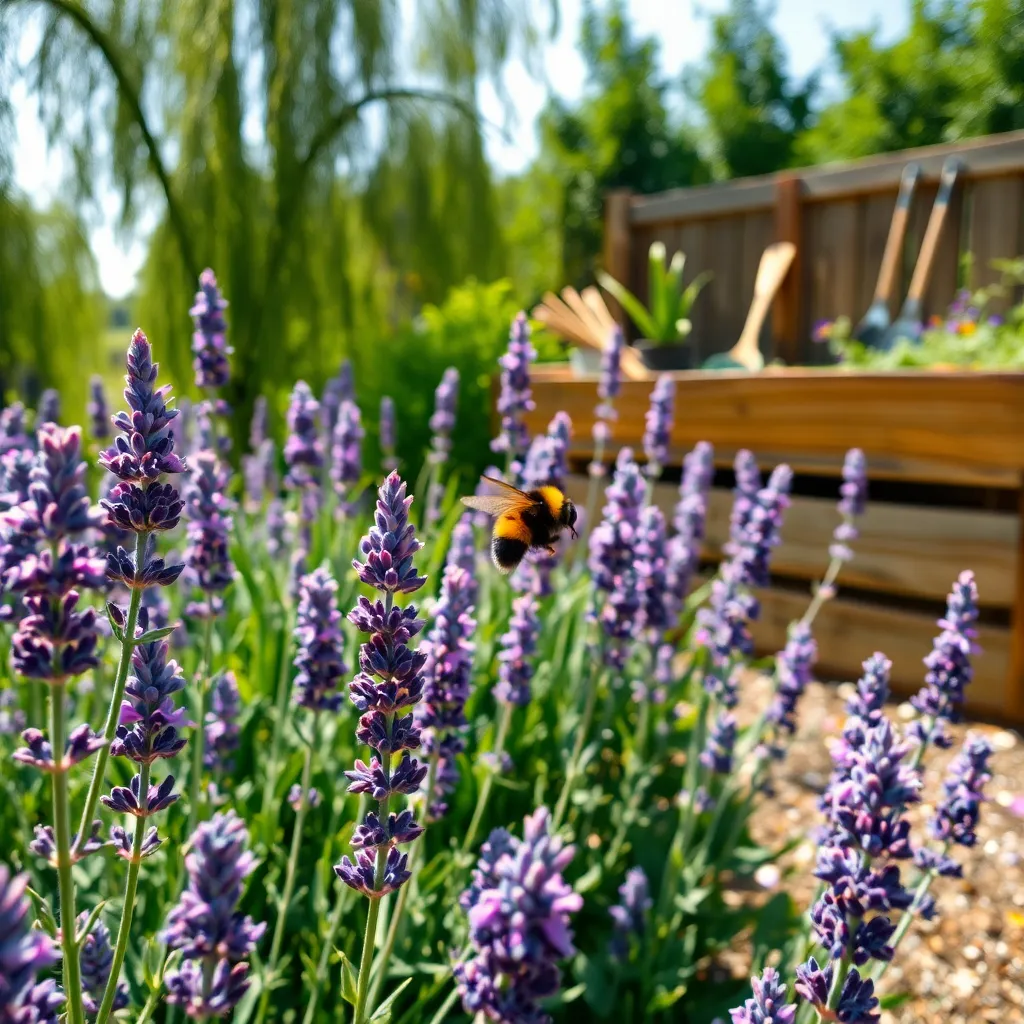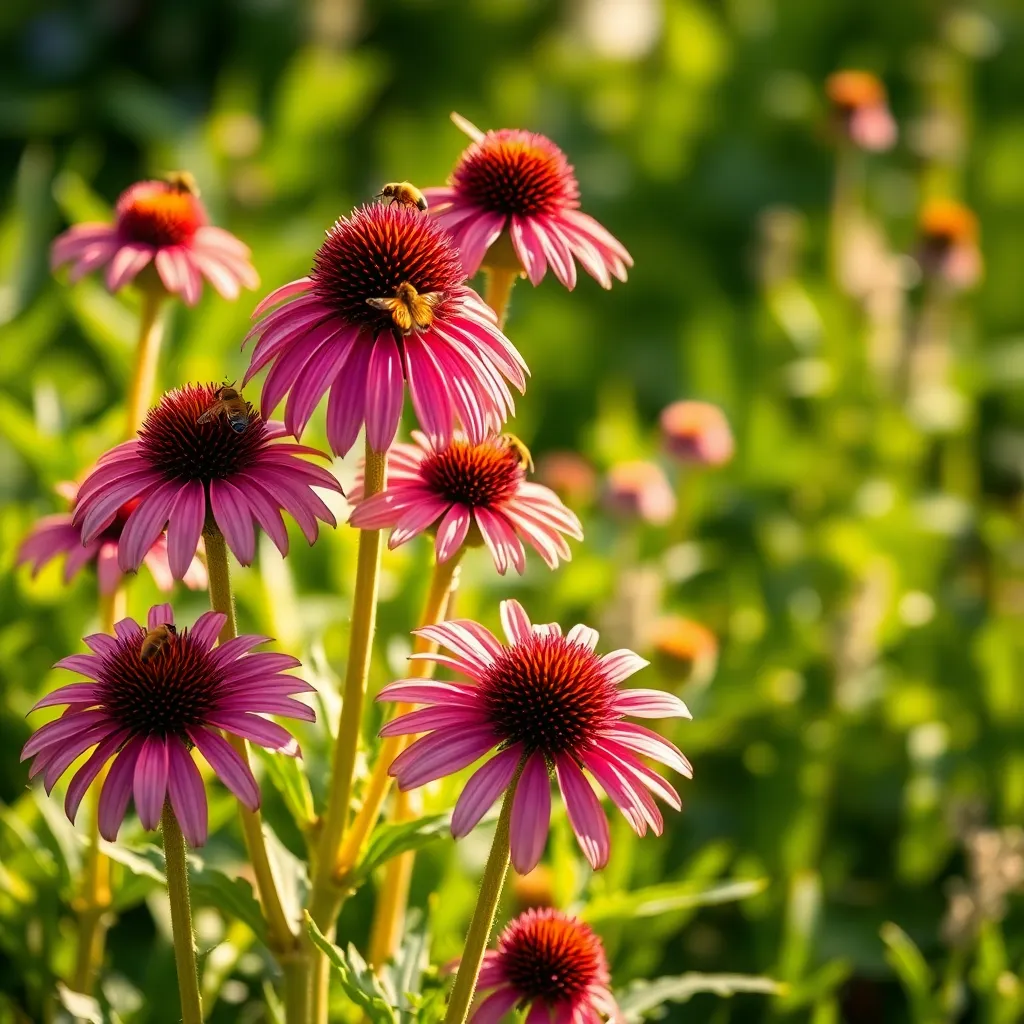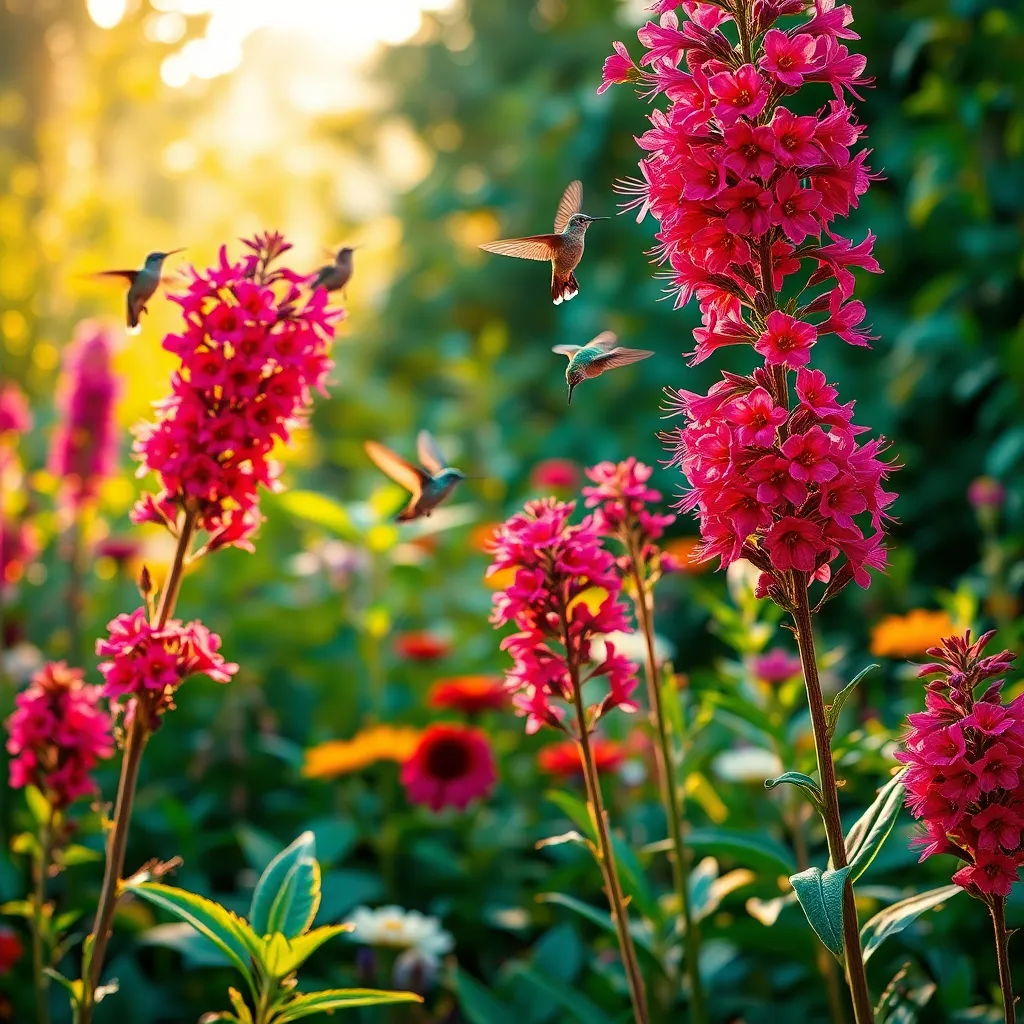Welcome to “Best Outdoor Plants for Pollinators,” where your garden becomes a vibrant haven for bees, butterflies, and other vital pollinators. Whether you’re just starting your gardening journey or are a seasoned green thumb, this guide is your ticket to transforming your outdoor space into a flourishing ecosystem.
In a world where pollinator populations are dwindling, selecting the right plants can make a significant impact, and this carefully curated list will guide you in making informed choices. Not only will you be supporting the environment, but you’ll also enjoy a garden that’s buzzing with life and color, offering you a front-row seat to nature’s most captivating show.
Armed with practical tips and a passion for nurturing, you’ll feel confident turning your garden into a sanctuary that supports both beauty and biodiversity. Let’s dive in and discover how you can create a thriving haven that rewards you with the joys of successful gardening and the knowledge that you’re making a difference.
Milkweed (Essential for Monarch Butterflies)

Milkweed is a vital plant for the survival of monarch butterflies, providing essential habitat and food for their larvae. To successfully grow milkweed, choose a location that gets full sun and has well-draining soil, as these conditions mimic its natural environment.
Plant milkweed seeds directly in your garden during the fall, allowing them to naturally stratify over winter for better spring germination. Ensure the soil is kept moist but not waterlogged, especially during the initial growth phase to support healthy root development.
For gardeners in colder regions, starting seeds indoors 6-8 weeks before the last frost can give milkweed a head start. Use a light potting mix and keep seedlings under grow lights until they are ready to be transplanted outdoors, hardening them off gradually to prevent shock.
Experienced gardeners might consider planting a variety of milkweed species to attract more monarchs and extend the flowering season. Varieties such as Asclepias tuberosa (Butterfly Weed) and Asclepias incarnata (Swamp Milkweed) are excellent choices, each offering unique benefits and blooming at different times.
Lavender (Fragrant and Bee-Friendly)

Lavender is a versatile and fragrant plant that is highly attractive to bees, making it an excellent choice for a pollinator-friendly garden. It thrives in full sun and well-drained soil, providing both beauty and function.
To successfully grow lavender, ensure you plant it in gritty, well-draining soil such as sandy or loamy types. Regular pruning is essential to maintain its shape and encourage more blooms, which in turn attracts more pollinators.
Water lavender sparingly, as it is drought-tolerant once established; overwatering can lead to root rot. Consider watering deeply but infrequently, allowing the soil to dry out between each session.
For more experienced gardeners, experimenting with different varieties like ‘Hidcote’ or ‘Munstead’ can add diversity to your garden. These varieties are particularly hardy and offer a range of bloom colors and sizes, enhancing the aesthetic appeal of your landscape.
Coneflower (Long-Blooming Pollinator Magnet)

Beloved for its vibrant blooms and resilience, the coneflower is a fantastic addition to any pollinator-friendly garden. Known botanically as Echinacea, this plant not only attracts bees and butterflies but also provides a splash of color throughout the summer and into the fall.
For optimal growth, plant coneflowers in a sunny spot where they receive at least six hours of direct sunlight daily. They thrive in well-drained soil, so consider adding some sand or organic matter if your garden soil is heavy or clay-based.
Watering coneflowers is straightforward: allow the soil to dry out between waterings, as these hardy plants are drought-tolerant once established. Overwatering can lead to root rot, so it’s crucial to ensure your coneflowers are not sitting in soggy soil.
To encourage more blooms and maintain their health, deadhead spent flowers regularly. For advanced gardeners, consider dividing the clumps every three to four years in early spring to help control plant size and rejuvenate growth.
Bee Balm (Vibrant Blooms for Hummingbirds)

Bee Balm, known for its vibrant blooms and enticing fragrance, is a magnet for hummingbirds and other pollinators. It thrives in USDA zones 4 through 9, providing a colorful addition to your garden from mid-summer to early fall.
For successful growth, ensure Bee Balm is planted in a location with full sun to partial shade. It prefers well-drained soil, enriched with organic matter, and requires consistent moisture to prevent mildew.
To encourage abundant blooms, deadhead spent flowers regularly. Additionally, dividing the plants every two to three years in early spring will help maintain their vigor and prevent overcrowding.
Experienced gardeners can experiment by planting Bee Balm alongside other pollinator-friendly plants, like lavender and echinacea, for a dynamic garden display. This combination not only enhances aesthetics but also increases the diversity of pollinators visiting your garden.
Native Wildflower Mix (Diverse Pollinator Habitat)

Creating a native wildflower mix is a fantastic way to support a diverse array of pollinators in your garden. Begin by selecting seeds from your local region, as these will be best adapted to your climate and soil conditions, ensuring a thriving, low-maintenance habitat.
For planting, choose a sunny location with well-draining soil, as most wildflowers prefer these conditions. To prepare the site, remove existing vegetation and loosen the soil to a depth of about 12 inches, which helps roots establish more easily.
Once the soil is ready, sow the seeds evenly and cover them lightly with soil or mulch, ensuring they have good contact with the earth. Water gently but thoroughly after planting to help with germination, and then continue to water lightly until seedlings are established.
For best results, aim to water your wildflower area once or twice a week, especially during dry spells. As the plants mature, they’ll require less maintenance, allowing you to sit back and enjoy the vibrant display and increased pollinator activity.
Advanced gardeners might consider interplanting with native grasses, which can provide additional structure and support for the wildflowers. This not only enhances the visual appeal but also creates a more robust ecosystem that benefits even more pollinator species.
Conclusion: Growing Success with These Plants
As we wrap up our exploration of the best outdoor plants for pollinators, we touched on five key concepts that mirror the nurturing aspects of our relationships. First, diversity is essential; just as varied plants attract a range of pollinators, diversity in our relationships enriches our lives. Second, native plants thrive best, reminding us to cultivate authenticity in our connections. Third, seasonal blooms parallel the cycles in relationships, encouraging us to adapt and flourish through different phases. Fourth, providing a habitat for pollinators underscores the importance of creating safe spaces for emotional vulnerability. Lastly, maintaining balance in water and sunlight echoes the need for nurturing our bonds without overwhelming them.
Now, take a moment to choose one plant that resonates with you, and plant it in your garden or a pot. This small action symbolizes your commitment to fostering growth in your relationships. Bookmark this article as a handy guide, ensuring you have these insights at your fingertips for ongoing relationship enrichment.
Remember, as you cultivate your garden and your relationships, you’re laying the groundwork for lasting success. With each step, you’re building a future where your connections can thrive and bloom brilliantly.

